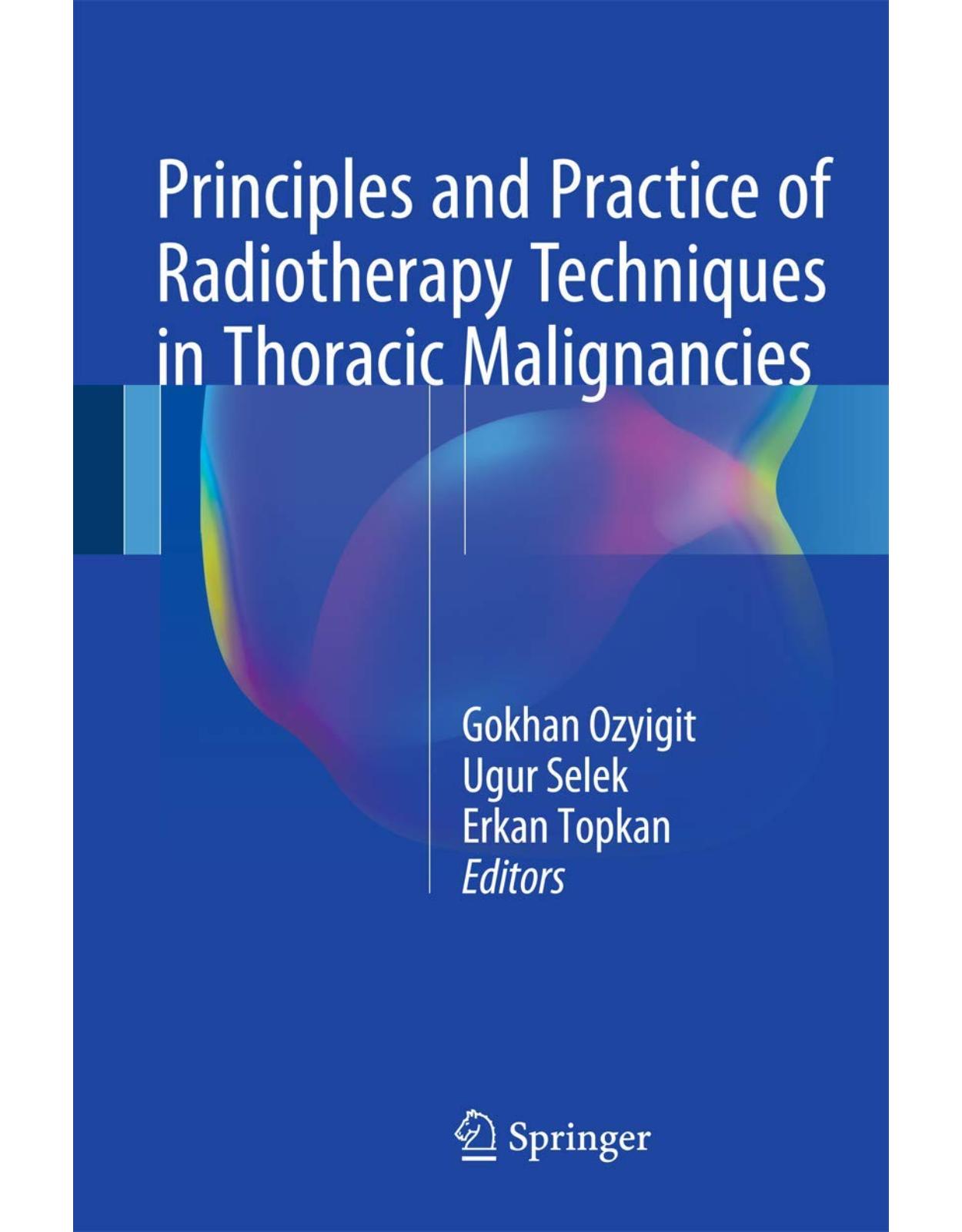
Principles and Practice of Radiotherapy Techniques in Thoracic Malignancies
Livrare gratis la comenzi peste 500 RON. Pentru celelalte comenzi livrarea este 20 RON.
Description:
This evidence-based guide on the use of radiotherapy in patients with common malignancies of the lung, esophagus, and thymus will help radiation oncologists to deliver optimal care within a multidisciplinary setting. Detailed information is provided on all aspects, from delineation of tumor volumes and organs at risk based on four-dimensional CT simulation through to the various advanced radiotherapy techniques, including stereotactic ablative radiotherapy (SABR), intensity-modulated radiation therapy (IMRT), tomotherapy, volumetric modulated arc therapy (VMAT), and proton therapy. Contouring, treatment planning, and treatment delivery are documented in a range of everyday cases, with illustrations of slice-by-slice delineations on planning CT images and finalized treatment plans based on detailed acceptance criteria. Numerous practical tips are highlighted, and relevant information is included on surgical techniques and systemic therapies. The book will facilitate decision making in the management of patients with common thoracic malignancies and assist in overcoming the challenges encountered in daily clinical practice.
Table of Contents:
1: Selection Criteria for Definitive Treatment Approach in Thoracic Malignancies: Radiation Oncolo
Introduction
Evaluation of Dosimetric Values in Planning
Baseline Pulmonary Function
Three-Dimensional Conformal Radiotherapy (3DCRT) and Intensity-Modulated Radiotherapy (IMRT)
Chemotherapy
Cardiopulmonary Relationship
Functional Imaging, Assessment, and Prediction
Immune Parameters
Conclusion
References
2: Modern Radiotherapy Techniques in Lung Cancer
Introduction
Radiation Treatment Planning
Positron Emission Tomography (PET-CT) Simulation
Motion Management
Four-Dimensional CT Simulation (4D-CT)
Breathing Control: Breath-Hold Technique
Active Breathing Control
Gating
Abdominal Compression
Image Guidance Technology
Real-Time Tracking
Treatment Delivery
Intensity-Modulated Radiotherapy (IMRT)
Volumetric Arc Therapy
Image-Guided Adaptive Radiation Therapy
Proton Therapy
Stereotactic Body Radiotherapy
Conclusion
References
3: Guidelines for the Delineation of Primary Tumor Target Volume in Lung Cancer
Introduction
Target Volume Delineation
Tracking Tumor Mobility
Gross Tumor Volume (GTV)
Clinical Target Volume (CTV)
Internal Target Volume (ITV)
Planning Target Volume (PTV)
Conclusion
References
4: Guidelines for the Delineation of Lymphatic Target Volumes in Lung Cancer
Introduction
Treatment Strategies in Non-small Cell Lung Cancer
Treatment Strategies in Small Cell Lung Cancer
Target Volume Delineation
Level 1 (Low Cervical/Supraclavicular LNs)
Level 2 (Upper Paratracheal LNs)
Level 3A (Prevascular LNs)
Level 3P (Retrotracheal LNs)
Level 4 (Lower Paratracheal LNs)
Level 5 (Subaortic/AP Window LNs)
Level 6 (Para-aortic LNs)
Level 7 (Subcarinal LNs)
Level 8 (Paraesophageal LNs)
Level 9 (Pulmonary Ligament LNs)
Level 10–14 LNs
Clinical Target Volume and Planning Target Volume
Conclusion
References
5: Stereotactic Ablative Radiotherapy for Lung Cancers
Introduction
SABR in Inoperable Early-Stage Non-small Cell Lung Cancer
Patient Preparation, Simulation, and Treatment for CyberKnife™
Treatment According to Tumor Localization
Treatment of Larger Tumors with SABR
SABR in Operable Lung Cancer Patients
Is There Any Contraindication for Lung SABR?
Following Tumor Response After Lung SABR
Conclusion
References
6: Radiochemotherapy and Fractionation in Locally Advanced Non-small-cell Lung Cancer
Introduction
Lung Cancer Screening
Biology of Lung Cancer
Staging of NSCLC
Prognostic Factors
Treatment of LA-NSCLC
Radiotherapy Alone
Induction (Neoadjuvant) Chemotherapy Followed by TRT
Concurrent Chemoradiotherapy
Preoperative Chemoradiotherapy for Stage IIIA-N2 Patients
Management of Elderly LA-NSCLC Patients
Radiotherapy Techniques in NSCLCs
Radiotherapy Planning (RTP)
Three-Dimensional Conformal Radiotherapy (3D-CRT)
Immobilization
Imaging
Target Volume Definition
GTV Delineation
CTV Delineation
PTV Delineation
Internal Target Volume (ITV) Delineation
Delineation of OAR Volumes
Role of Elective Nodal Irradiation
Thoracic Radiotherapy Doses
Altered Fractionation and Isotoxic TRT
IMRT in LA-NSCLC
Treatment Plan Evaluation
Radiotherapy Dose, Target Volume Coverage, and Organ at Risk Dose Limits
Treatment for Intrathoracic Recurrences
Recommended Treatment Algorithm for LA-NSCLC
Conclusion
References
7: Stereotactic Cranial Radiosurgery for Metastatic Non-small-cell Lung Carcinoma
Introduction
Biology of Brain Metastasis
Prognostic Factors
Treatment
Stereotactic Radiosurgery
Radiobiology of SRS
Comparative Clinical Outcomes of SRS
SRS for Multiple BM
SRS for Large BM
SRS for Tumor Bed
SRS for Recurrent Lesions
Complications of SRS
Acute Complications
Late Complications
Quality of Life
SRS Techniques
Patient Immobilization and Setup
Imaging
Delineation of Target Volume
Delineation of OAR Volumes
Target Dose Selection
Defining the Dose Prescription Isodose Lines
The Assessment of Treatment Plan
RTOG Indices
Alternative Conformity Indices
Recommended Treatment Algorithms for SRS
Conclusion
References
8: Modern Radiotherapy in Limited and Extensive Stage Small-Cell Lung Cancer
Introduction
Staging
Histologic and Immunohistochemical Markers
Prognostic Factors
Treatment of LS-SCLC
Surgery
Chemotherapy
Thoracic Radiotherapy (TRT)
Early Versus Delayed Thoracic Radiotherapy
Dose and Fractionation
Extensive Stage SCLC
Radiotherapy Techniques
3D-Conformal Radiotherapy (3D-CRT)/
Immobilization
Target Volume Definition
GTV Delineation
CTV Delineation
PTV Delineation
Internal Target Volume (ITV) Delineation
Delineation of OAR Volumes
TRT Portal Size Without Elective Nodal Irradiation in SCLC
TRT Portal Size After Induction Chemotherapy
Management of Poor Performance Status and Elderly SCLC Patients
Plan Evaluation
Prophylactic Cranial Irradiation
Recommended Treatment Algorithm for SCLC
Conclusion
References
9: Prophylactic Cranial Irradiation in Small- and Non-small-Cell Lung Carcinoma
PCI in Small-Cell Lung Carcinoma
PCI for Geriatric SCLC Patients
PCI in Locally Advanced Non-small-Cell Lung Carcinoma
Patients at Higher Risk of BM Development
Rationale of PCI in NSCLC
Efficacy of PCI in High-Risk NSCLC Patients
Nonrandomized Studies
Randomized Studies
Treatment Techniques
Standard PCI Technique and Doses
Novel Cranial Irradiation Techniques to Avoid Neurocognitive and Scalp Toxicity
Hippocampal Avoidance PCI
Scalp-Sparing PCI
Key Points on PCI-Related Toxicity Assessment
Conclusion
References
10: Systemic Therapy for Lung Cancer
Non-small Cell Lung Cancer (NSCLC)
Early Stage Non-small Cell Lung Cancer
Adjuvant Therapy for Resected NSCLC
Neoadjuvant Chemotherapy
Advanced Stage Non-Small Cell Lung Cancer
Initial Systemic Treatment for Advanced NSCLC
Maintenance Therapy
Second-Line Treatment
Targeted Therapies
Antiangiogenic Therapies
Immunotherapy for Non-small Cell Lung Cancer Progressing After Platinum-Based Chemotherapy
Systemic Treatment for Small Cell Lung Cancer (SCLC)
Limited Disease
Extensive Disease
Second-Line Treatment
References
11: Surgical Staging and Advanced Surgical Techniques in Early Stage Non-small Cell Lung Cancers
Case Presentation
Case 1
Case 2
Evidence-Based Surgical Approaches
Surgical Staging
References
12: Translational Research and Immunotherapy in Lung Cancer
Overview: Targeted Therapy for Lung Cancer
Alternatives to Tumor Sampling: “Liquid Tumor Biopsies”
Biomarkers of Toxicity: Single Nucleotide Polymorphisms and Radiation Pneumonitis
Biomarkers of Response to Therapy: MicroRNAs
Immunotherapy for Lung Cancer
How Tumors Evade the Immune System
Targeting PD1/PDL1
Targeting TGFβ
TGFβ and the Immune System
TGFβ, Lung Cancer, and Radiation Therapy
Immunotherapy and the Abscopal Effect
Evading Immune Surveillance
Radiation and the Immune System
Enhancing the Abscopal Effect by Combining Radiation with Immunotherapy
Three Phases of Immune Activation for an Abscopal Effect
Abscopal Effects in NSCLC
Radiation Therapy and the Tumor Microenvironment
Regulatory T-Cell Radioresistance
Recruitment of MDSCs After Radiation Therapy
Recruitment of Tumor-Associated Macrophages and M2 Polarization of Macrophages After Radiation
Upregulation of Hypoxia-Inducing Factors After Radiation Therapy
Clinical Relevance: Non-Small Cell Lung Cancer
Targeted Therapies
EGFR Inhibitors
ALK Translocations
KRAS Mutations
Clinical Studies of Immunotherapy
Stage I NSCLC
Stage II NSCLC
Stage III NSCLC
Stage IV NSCLC
Clinical Relevance: Small Cell Lung Cancer
Clinical Relevance: Mesothelioma
Future Directions
Chimeric Antigen Receptor T-Cell Therapy
NK-Cell Therapy
Tumor Vaccines and Other Immune Agents
Cancer Vaccines
Immune Agents Targeting the TNF Receptor Superfamily
References
13: Esophageal Cancer
Epidemiology
Pathological and Biological Features
Staging
Evidence-Based Treatment Approaches
Superficial Tumors
Locoregional Cancer (Stages I–III)
Should Every Patient Undergo Esophagectomy? Selecting Patients Best Suited for Chemoradiotherapy A
Surveillance Salvage
Recommended Algorithm for Treatment of Esophageal Cancer
Target Volume Determination and Delineation Guidelines
Simulation
Contouring: A Case Example
Treatment Planning
Treatment Planning Assessment
Recommended Algorithm for Follow-Up Surveillance of Esophageal Cancer
References
14: Systemic Treatment of Esophageal Cancer
Introduction
Chemotherapy in Metastatic Esophageal Cancer
Second-Line Chemotherapy in Esophageal Cancer
Chemotherapy in Localized/Locally Advanced Esophageal Cancer
Chemotherapy for Esophageal Adenocarcinoma
Second-Line Chemotherapy
Molecular Biology of Esophageal SCC and Adenocarcinoma
Targeted Therapies in Esophageal SCC and Adenocarcinoma
EGFR
HER-2
Targeting Angiogenesis
Immune Checkpoint Inhibition
MET and Hepatocyte Growth Factor
Fibroblast Growth Factor Receptor
Conclusion
References
15: Advanced Surgical Approaches for the Management of Esophageal Carcinoma
One Hundred Years of Esophagectomy
Multimodality Therapy for Esophageal Cancer
Principles of Surgery for Esophageal Carcinoma
Timing of Esophagectomy
Salvage and Selective Esophagectomy
Esophageal Replacement Conduits
Stomach
Jejunum
Colon
Anastomoses: Locations, Types, and Complications
Extent of Lymphadenectomy
Postoperative Care and Surveillance
Conclusion
References
16: Radiotherapy in Thymic Tumors
Pathological and Biological Features
Pathology
Staging
Evidence-Based Treatment Approaches
Stage I
Stage II
Stage III–IV
Thymic Carcinoma
Target Volume Determination and Delineation Guidelines
Simulation
Gross Tumor Volume
Internal Target Volume or Internal GTV
Clinical Target Volume (CTV)
Planning Target Volume (PTV)
Case Contouring: A Case Example
Treatment Planning
Treatment Planning Assessment
Recommended Treatment Algorithm for Treatment of Thymoma
Recommended Algorithm for Follow-Up
References
17: Surgical Staging and Advanced Surgical Techniques in Thymic Cancers
Introduction
Surgery in Thymic Malignancies
Surgery in Recurrent Thymic Malignancies
Case 1
Case 2
References
18: Systemic Therapies in Thymic Malignancies
Introduction
ITMIG
Presentation and Diagnosis
Imaging and Differential Diagnosis
Compartments of the Mediastinum
Differential Diagnosis of Prevascular Compartment Mass
Approach for Diagnosis
Be Aware of Demographics
Communicate Clinical Information
Radiological Appearance
Other Imaging Studies
PET/CT
Radionuclide Scan
Need for Biopsy
Pathology
Staging
Treatment
The Difficulty of Interpreting Studies for the Treatment of TETs
Upfront Resectable Disease
Importance of Lymph Nodes
Potentially Resectable Disease
Is There a Role of Surgery in Locally Advanced Thymoma?
Is There a Role for Debulking Surgery for Thymoma or Thymic Carcinoma?
Is There a Role of Neoadjuvant Concurrent Chemoradiotherapy?
What Is the Role of Induction Chemotherapy Alone?
Adjuvant Therapy
Stage-Based Adjuvant Treatment Summary
Chemotherapy
Radiotherapy
Advanced Disease
Chemotherapy
Can We Replace Cisplatin with Carboplatin?
Previously Treated
Cap-Gem
Paclitaxel (or Nab-Paclitaxel) and Platinum Compounds
Docetaxel
Pemetrexed
S-1
What Are the Best Chemotherapy Choices for Second-Line Treatment of Thymic Carcinoma?
Targeted Therapies
Somatostatin Receptor Analogs
Octreotide
Radionuclide Treatment
mTOR: Everolimus
Multi-targeted Tyrosine Kinase Inhibitors: Sunitinib
IGF-1R: Cixutumumab
Histone Deacetylase Inhibitor: Belinostat
c-KIT and PDGFR: Imatinib
Anti-PD1 Treatments
EGFR and VEGF: Gefitinib, Erlotinib, and Bevacizumab
Src Inhibitor: Saracatinib
References
19: Target Volume Delineation Guidelines in Malignant Pleural Mesothelioma
Introduction
Patient Simulation
Target Volume Delineation
Delineation of the Organs at Risk
Liver
Contouring
Dose-Volume Constraints and Toxicity
Kidneys
Contouring
Dose-Volume Constraints and Toxicity
Conclusion
References
20: Modern Radiotherapy Techniques in Malignant Pleural Mesothelioma
Introduction
Role of Adjuvant Radiotherapy in MPM
Role of Radiotherapy in Unresectable MPM
Role of Radiotherapy for Drain Sites of MPM
Hemithoracic Radiotherapy Techniques
Treatment with Three-Dimensional Conformal Radiation Therapy
Treatment with Intensity-Modulated Radiation Therapy
Treatment with Arc Therapy
Treatment with Protons and Heavy Particles
Conclusion
References
21: Modern Surgical Techniques in Malignant Pleural Mesothelioma
Introduction
Cytoreductive Surgery
References
22: Systemic Therapies in Malignant Pleural Mesothelioma
Introduction
First-Line Therapies
Cisplatin Plus Pemetrexed
Carboplatin Plus Pemetrexed
Pemetrexed-Cisplatin Plus Bevacizumab
Raltitrexed Plus Cisplatin
Gemcitabine Plus Cisplatin
Gemcitabine-Cisplatin Plus Bevacizumab
Methotrexate
Raltitrexed
Anthracycline
Vinca Alkaloids
Second-Line Therapies
Cisplatin
Pemetrexed
Gemcitabine and Combinations
Gemcitabine Plus Vinorelbine
Novel Therapies
Vorinostat
Thalidomide
Imatinib
Pembrolizumab
Tremelimumab
m-TOR Inhibitors
References
23: Radiation-Induced Toxicities and Management Strategies in Thoracic Malignancies
Introduction
Lung
Contouring
Dose-Volume Constraints and Toxicity
Heart
Contouring
Dose-Volume Constraints and Toxicity
Esophagus
Contouring
Dose-Volume Constraints and Toxicity
Spinal Cord
Contouring
Dose-Volume Constraints and Toxicity
Brachial Plexus
Contouring
Dose-Volume Constraints and Toxicity
Chest Wall and Ribs
Contouring
Dose-Volume Constraints and Toxicity
Trachea and Proximal Bronchial Tree
Contouring
Dose-Volume Constraints and Toxicity
Conclusion
References
24: Quality Assurance of Modern Radiotherapy Techniques in Thoracic Malignancies
Introduction
Patient Simulation
Setup and Immobilization
Image Acquisition
Respiratory Monitoring Devices
Quality Assurance of CT Simulators
Patient Planning
Consideration of Tumor Margins During the Planning Process
Practice of Plan Quality Evaluation
TPS Dose Calculation Verification
Pretreatment Patient-Specific QA
Patient Setup and Delivery
Setup and Pretreatment Imaging
QA of Imaging Systems
QA of Delivery Systems
End-to-End Testing of the Treatment Process
Conclusion
References
Index
| An aparitie | 2016 |
| Autor | Ozyigit |
| Dimensiuni | 16.13 x 3.33 x 24.13 cm |
| Editura | Springer |
| Format | Hardcover |
| ISBN | 9783319287591 |
| Limba | Engleza |
| Nr pag | 550 |

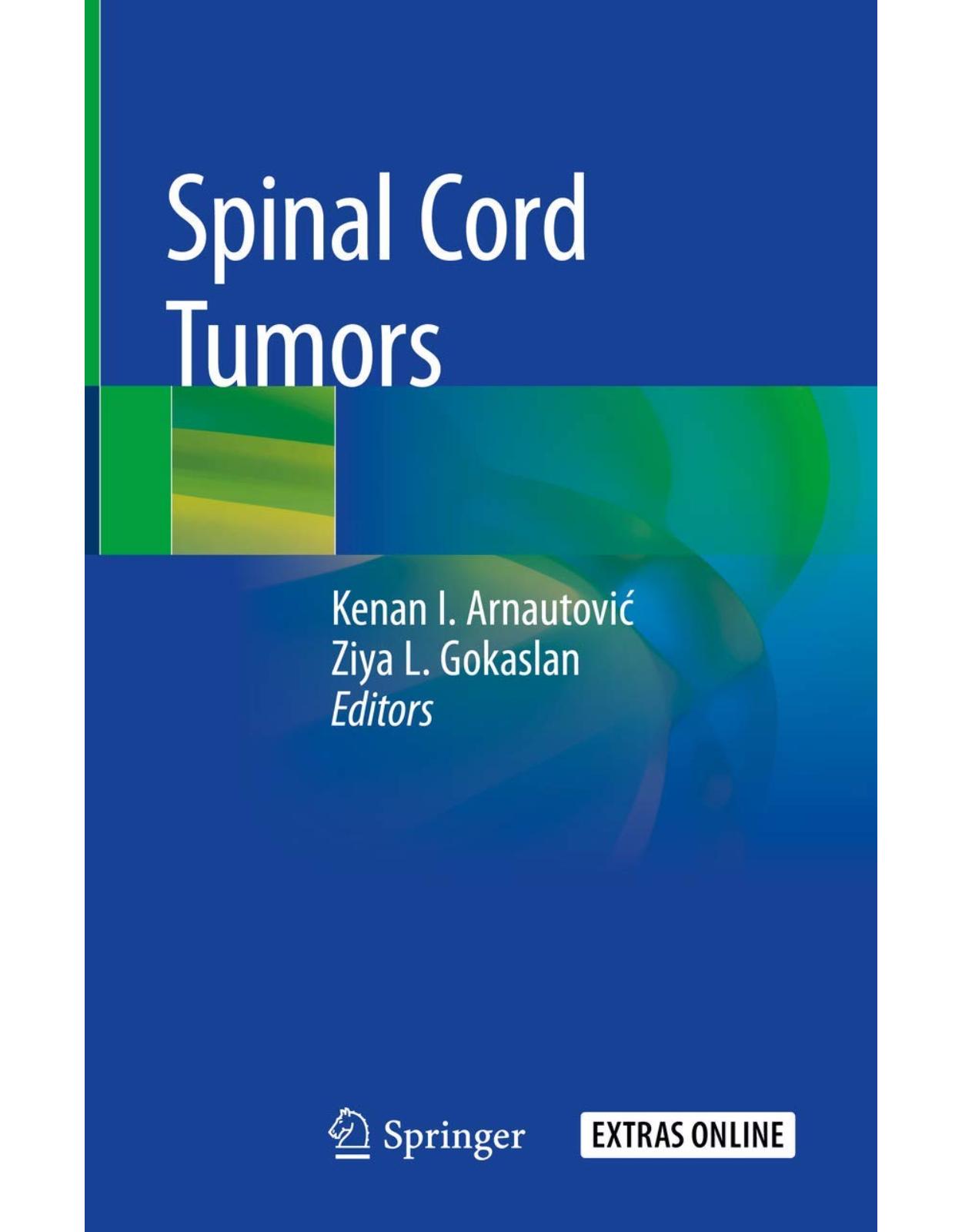
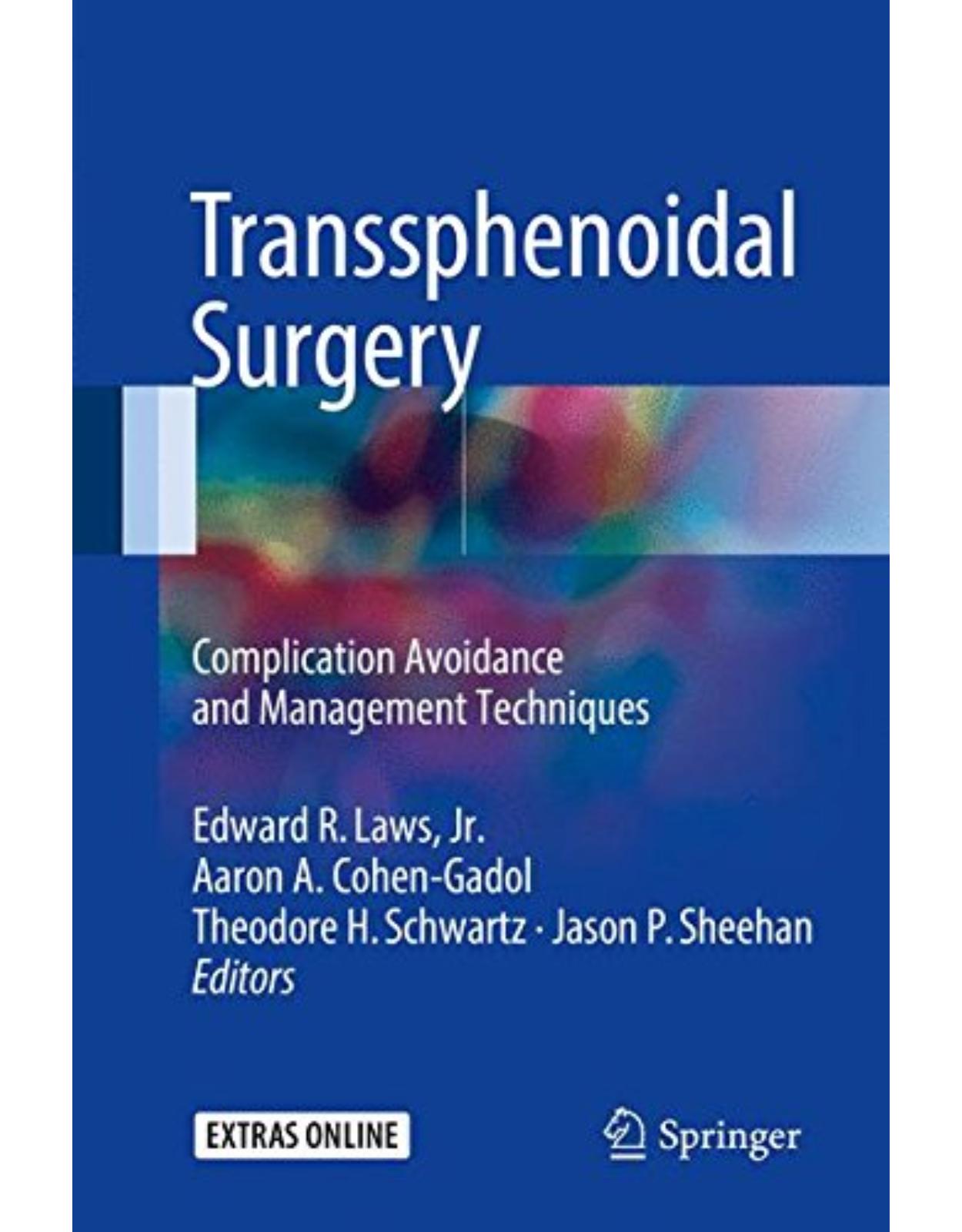
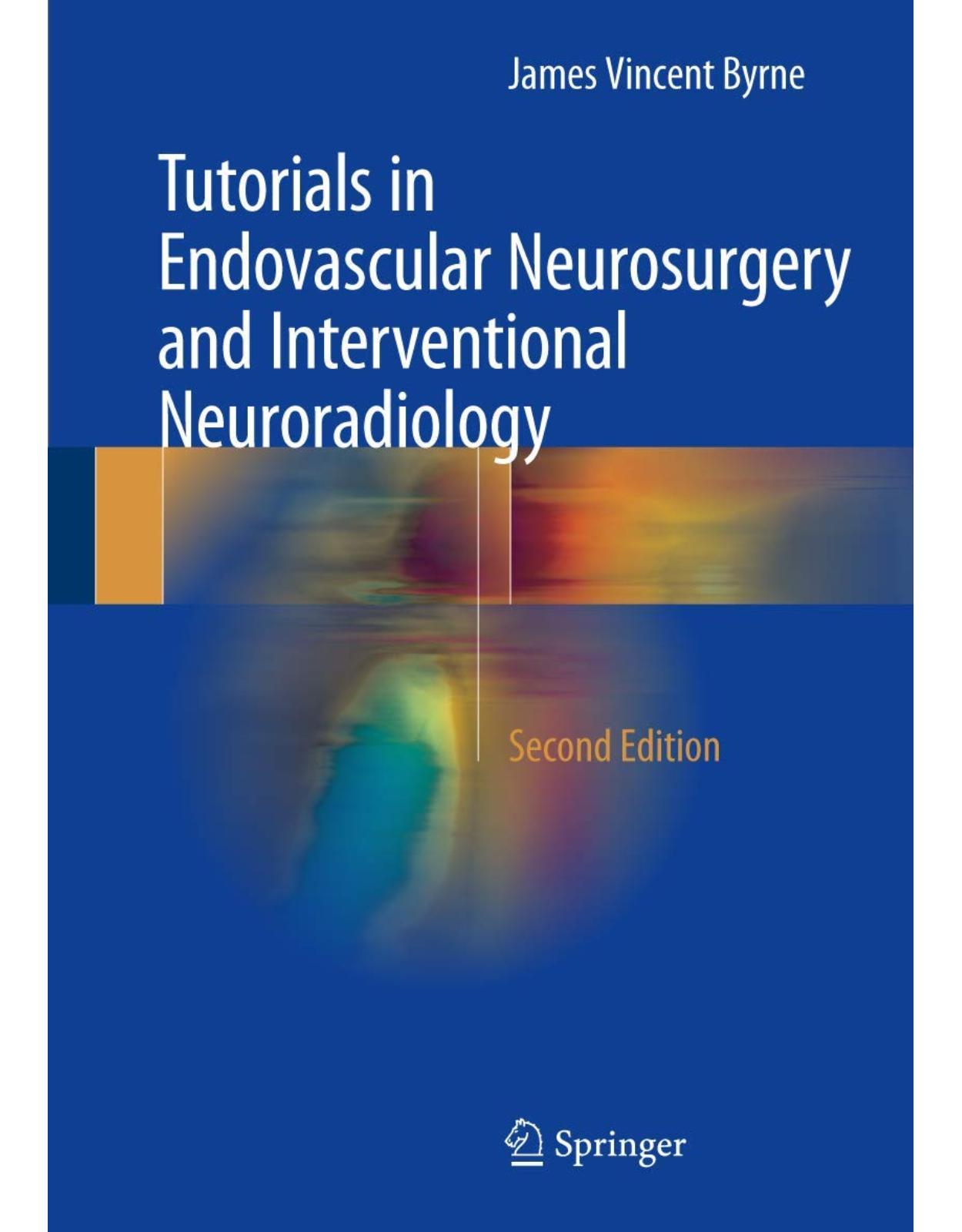
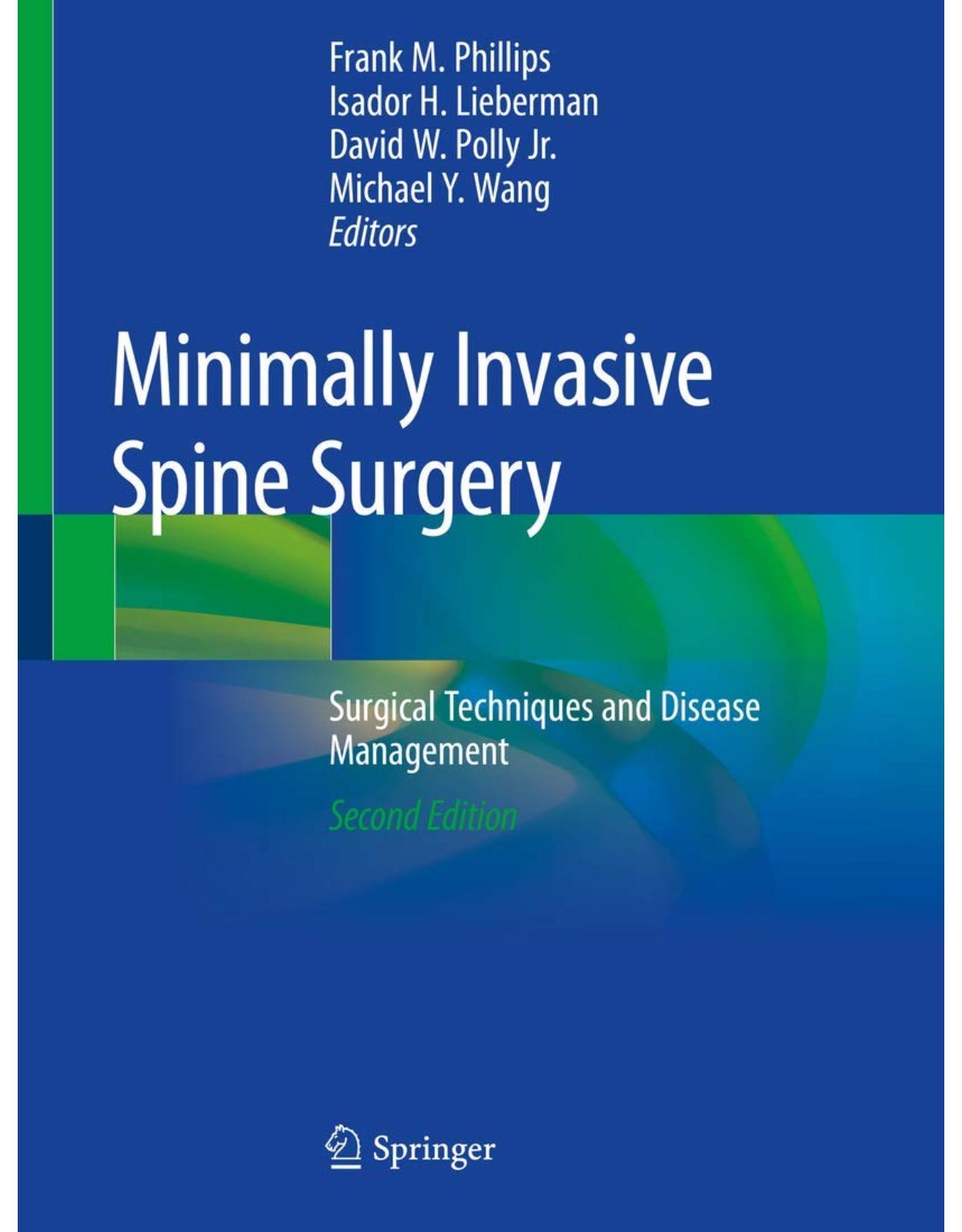
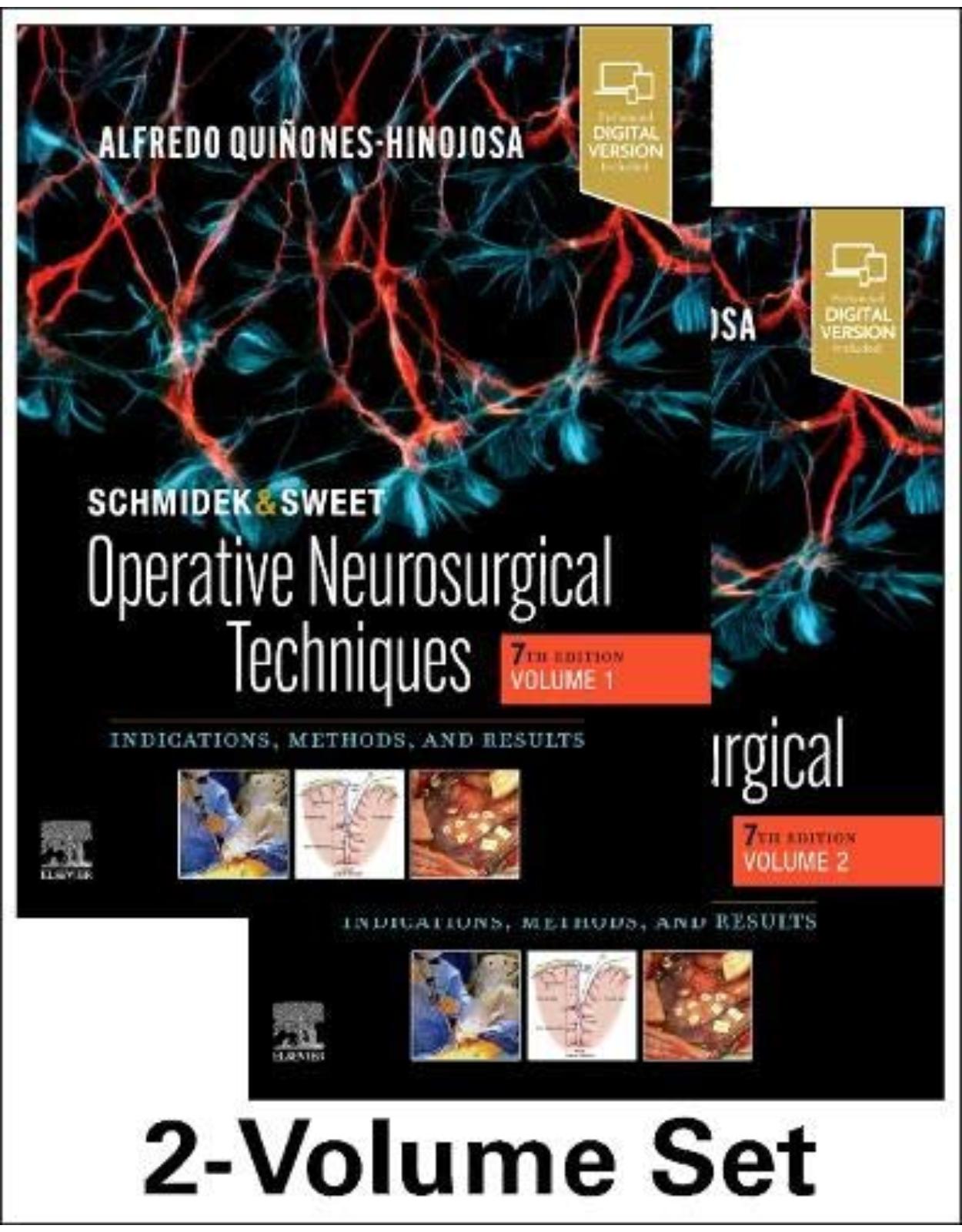
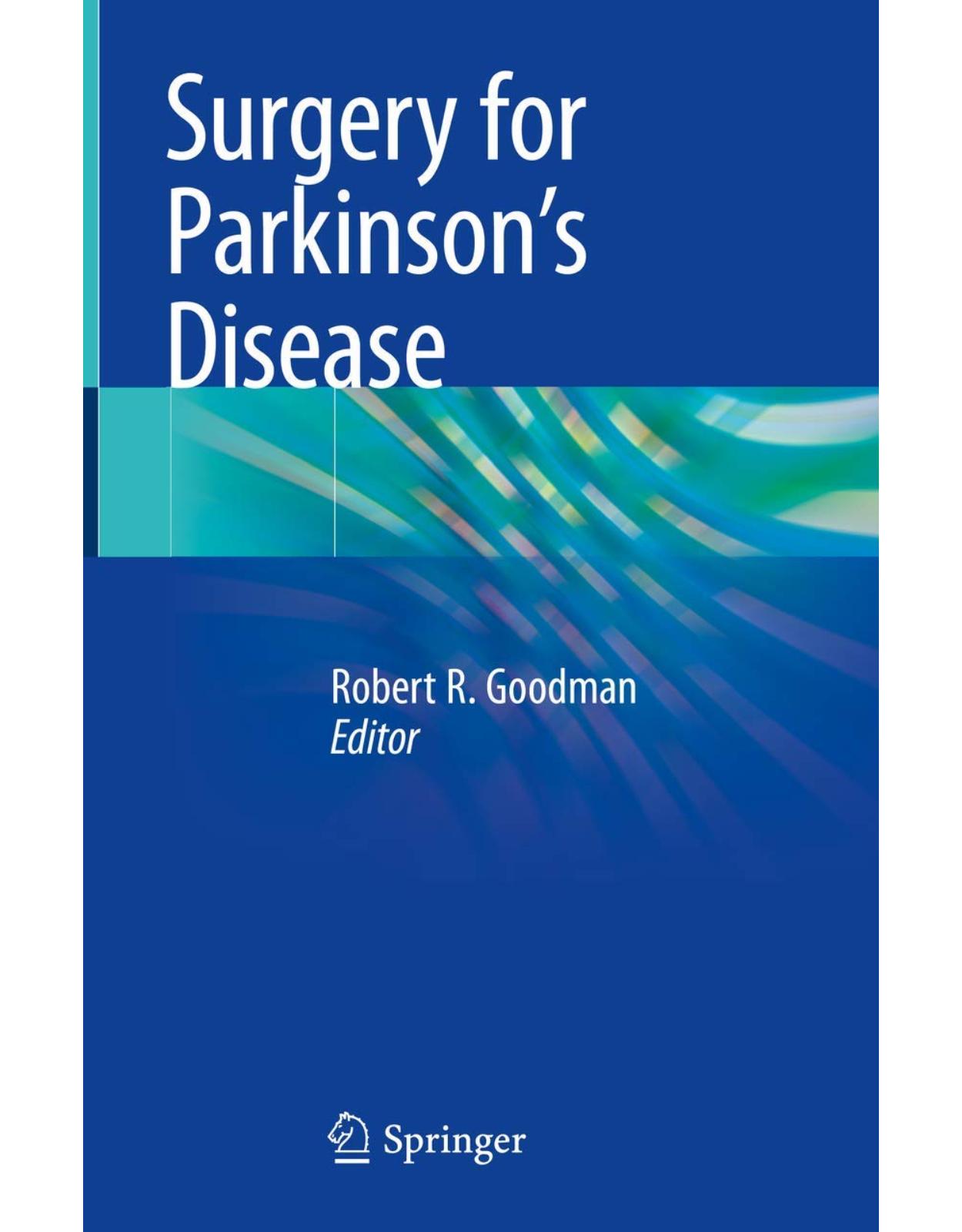

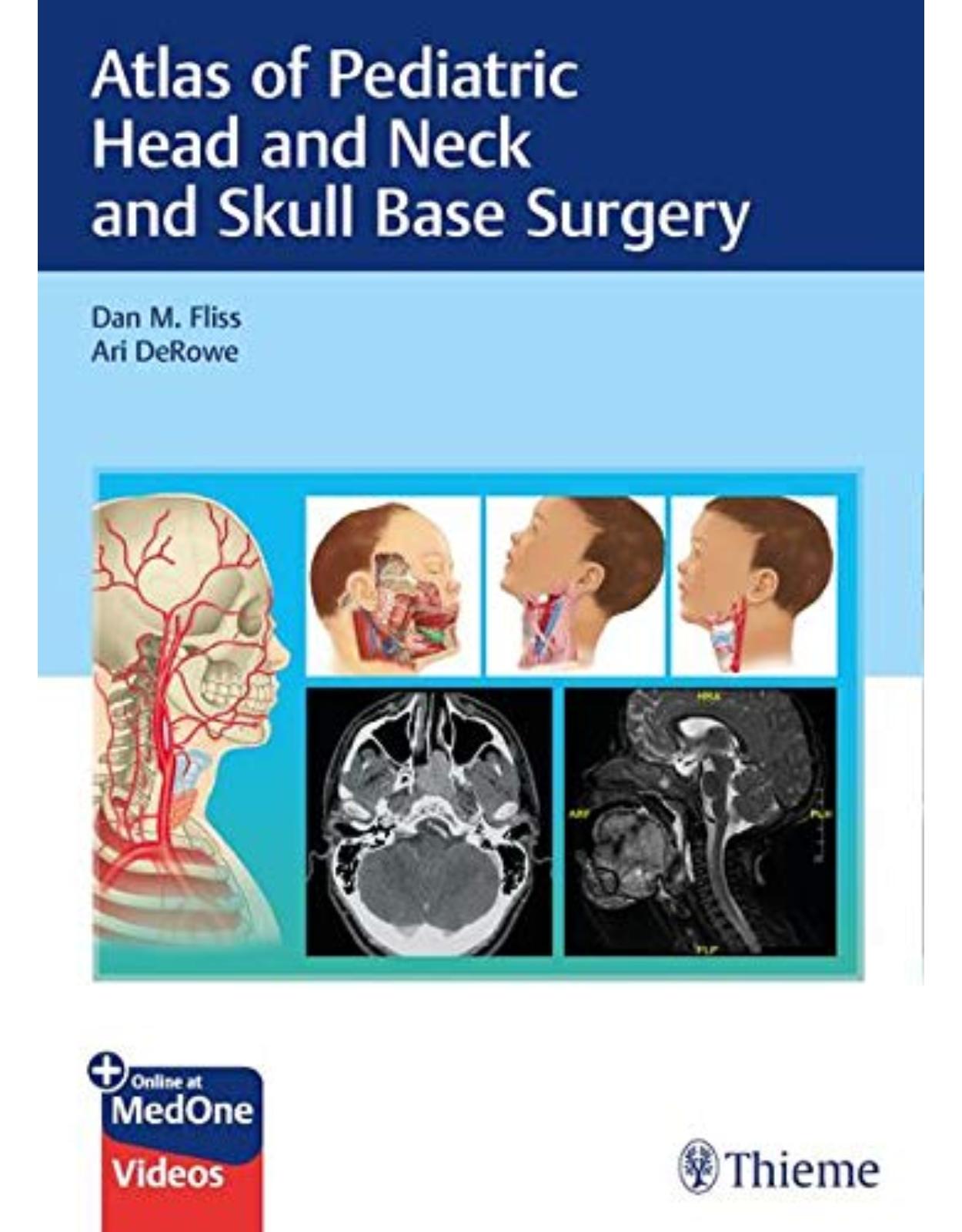
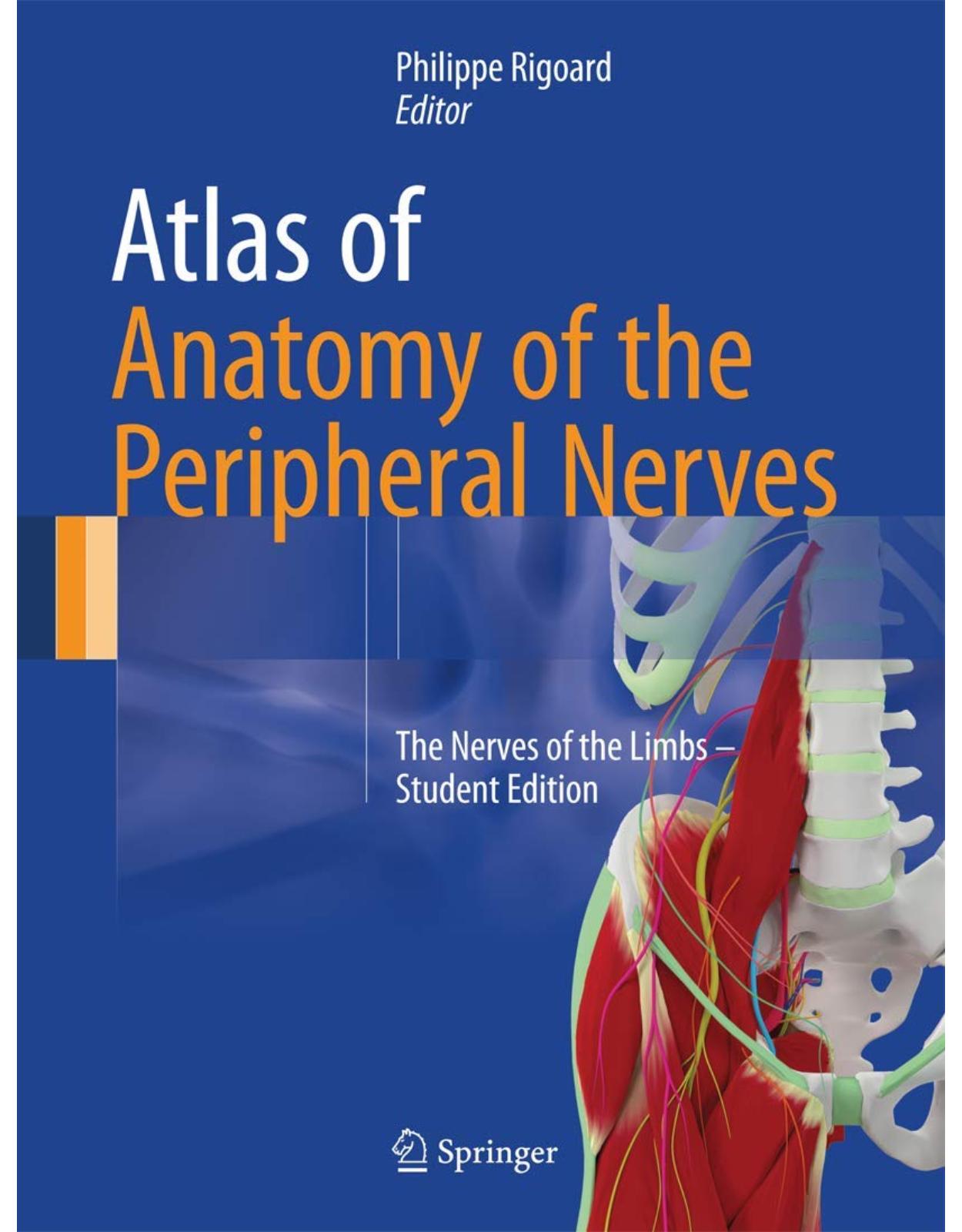
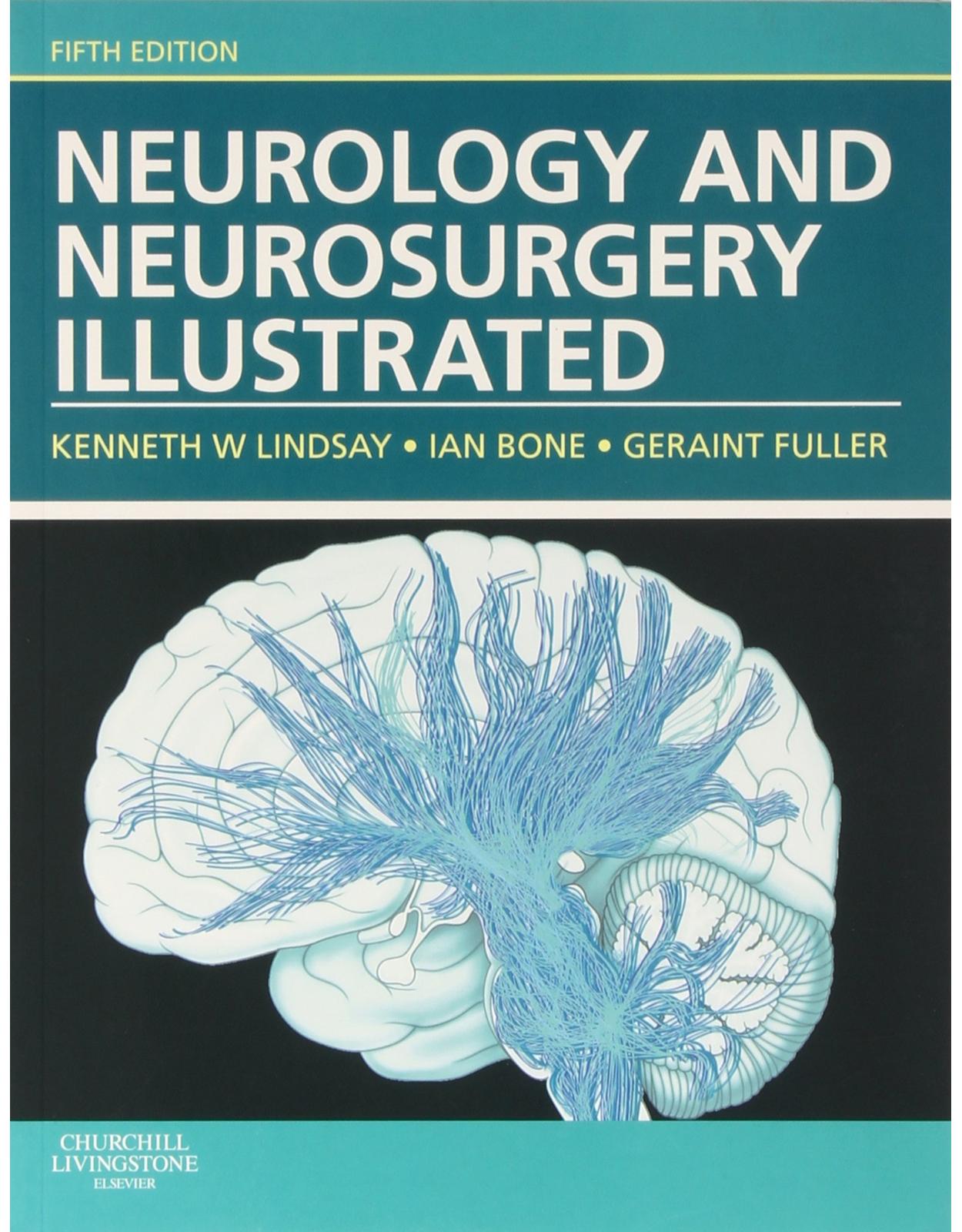

Clientii ebookshop.ro nu au adaugat inca opinii pentru acest produs. Fii primul care adauga o parere, folosind formularul de mai jos.